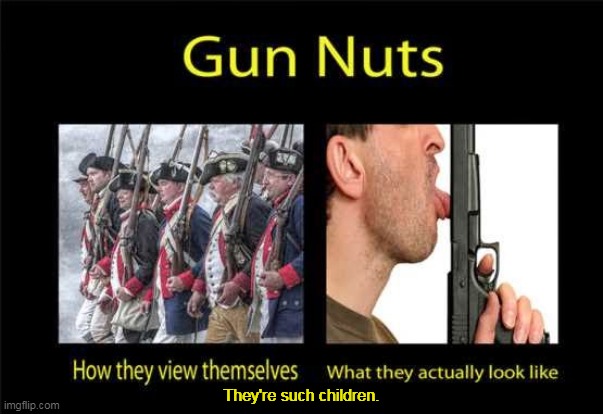There are 8 days left until the end of the Battle Pass, but will there be any announcements of new weapons and vehicles? Or will they extend it for another 2 weeks as usual? This extension is very annoying. If they have set a time limit, I want them to keep to the time and update it properly within the period.
Since I join, I never see a battle pass who last 90 days so they should to just a 100 days battle pass
i just want the m1903A3 springfield for rifleman
just saying ![]()
- 42Springfield M1903
- 43Springfield M1903 Air Service
- 44Springfield M1903A1
- 45Springfield M1903A3
- 46Springfield M1903A4
If anything we need the SpringfieldA2, the A3 is alread in the game as a sniper tell me why we need a no scope and how it differs from the others enough to merit being in the game
say a different caliber, a large magazine, faster reload, higher rate of fire, better sites, made of cherry wood really any reason but the number 3 after the letter A.
IF ANYTHING WE NEED THE kRAG-jORGENSEN
other good springfields
noooooooooooooooo
i dont give a damn thing about the scoped one
the A2 doesnt exist
we need it cause the a1 springfield sights are meh.
and the a3 was historical and was present in ww2

not so the krag-jorgensen, leave that for a gold order ![]()
thats it better sites, it was used


1901-1900 prototypes
- M1903A2 (1930s–1940s): basically a stripped A1 or A3 used as a subcaliber rifle with artillery pieces.
M1903A2: A proposed barrel and action fitted into a special mounting for use as a sub-caliber training weapon for tank guns. The requirement was subsequently cancelled.

wonder if they made any, does a designation count
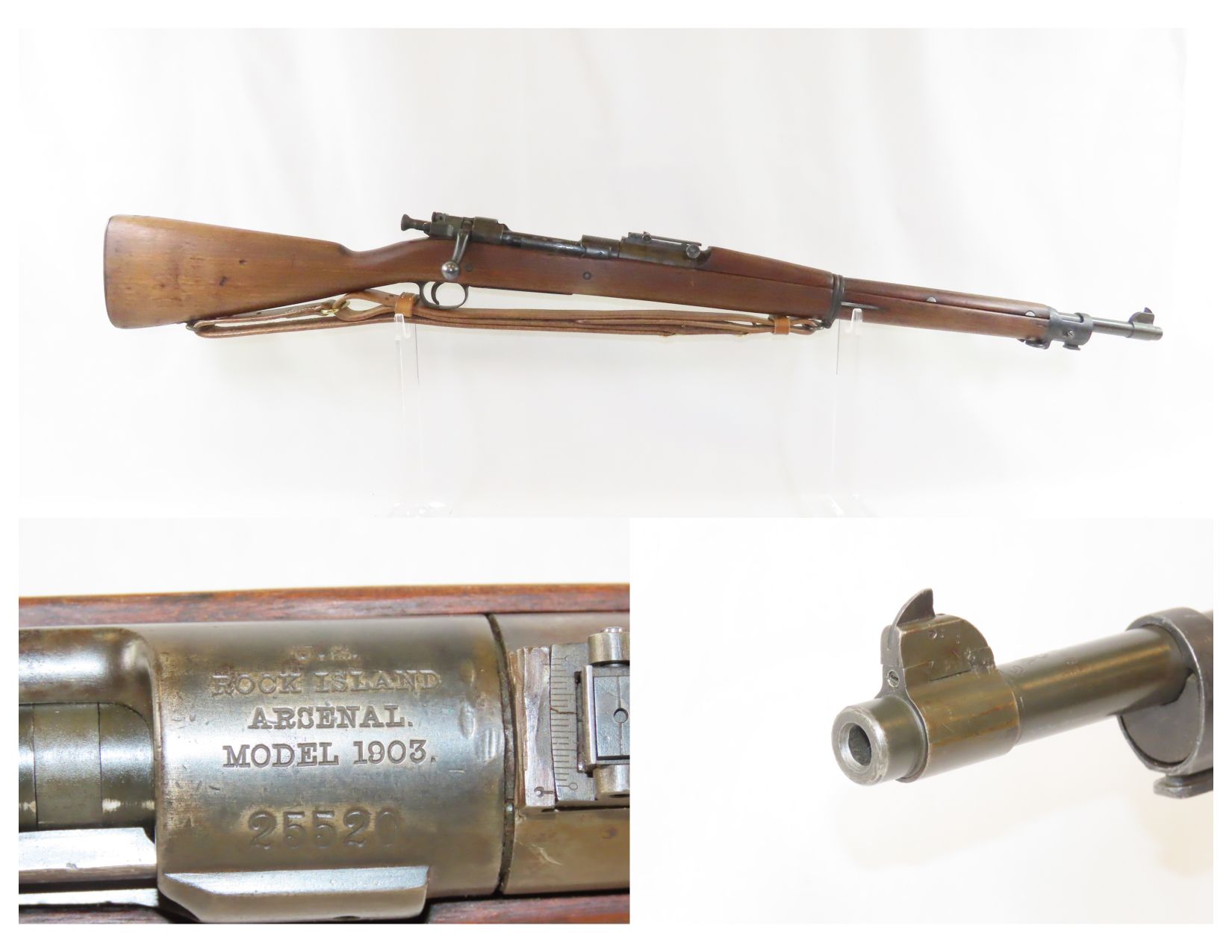 1903/1905
1903/1905
we agree
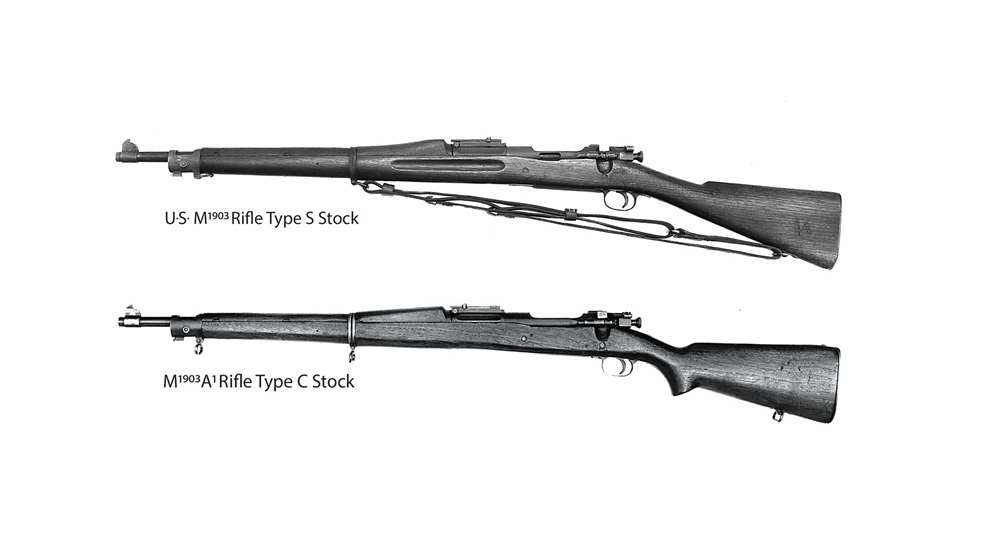
Model 1918: The Sniper Rifle That Never Was
by
- Bruce N. Canfield, Field Editor
posted on November 18, 2024
Support NRA American Rifleman DONATE
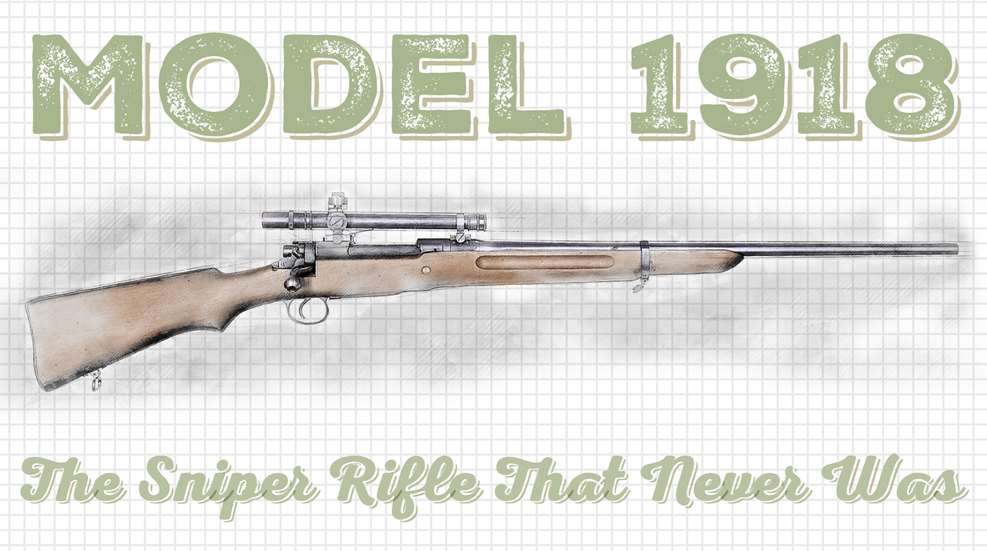
Model 1918 sniper rifle with Model 1918 telescopic sight
Photo courtesy of Roy Marcot.
When the United States entered the First World War in April 1917, our military was woefully unprepared to fight an overseas war against an experienced and determined foe, especially in the unfamiliar environment of trench warfare. It was soon evident that one type of longarm the newly formed American Expeditionary Force needed was an effective sniper rifle. The standard U.S. Army sniper rifle at the time of America’s entrance in the war was a Model 1903 rifle fitted with the Model 1913 prismatic “Musket Sight” made by the Warner & Swasey Co. A fair number of these were fielded in the war, but they proved to be less than optimal sniping rifles and were not particularly well-liked.
The Marine Corps utilized some Model 1903 rifles with Winchester A-5 telescopic sights and special Mann-Niedner tapered mounting blocks for competitive marksmanship teams and as ad hoc sniper rifles. While better than the Warner & Swasey sight, the A-5 was a commercial scope that was not designed, nor intended, to endure the rigors of combat, and it proved to be prone to damage. Given the deficiencies of both the Warner & Swasey and Winchester A-5 telescopic sights, it was clear that something better was needed.
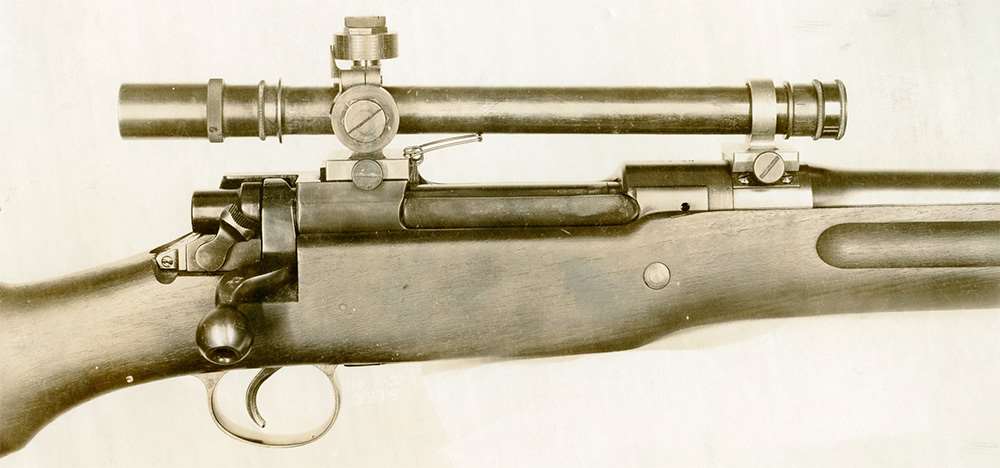
This World War I-era Ordnance Dept. photo shows a close view of a Model 1918 telescopic sight on a Model 1918 sniper rifle.
In May 1918, Major L.O. Wright of the U.S. Army’s Engineering Bureau consulted with Winchester Repeating Arms regarding the feasibility of a sniping version of the Model 1917 rifle the company was then manufacturing. The chief reason why the Model 1917 was selected as the basis for the new sniper rifle, rather than the Model 1903, was because its concave bolt handle and side-mounted safety were more conducive for use with a riflescope than would have been the case with the ’03. It is not known why Winchester was the only prime contractor apparently contacted for development of the proposed sniper rifle, since two other firms, Remington and Eddystone (an affiliate of Remington), were also making the Model 1917 rifle.
Regardless, any new sniper rifle would only be as good as the telescopic sight used with it; to this end, the Ordnance Dept. tested a number of scopes. Eventually a 2.6X sight developed by Winchester was selected and designated as the “Telescopic Musket Sight, Model of 1918.”

A Model 1903 rifle with Model 1913 Warner & Swasey telescopic sight. The unusual prismatic sight saw some use in World War I but proved less than satisfactory and was dropped by the U.S. Army in the early 1920s. Photo courtesy of author.
The Ordnance publication Handbook Of Ordnance Data contained the following information on the new sniper rifle and scope:
“United States telescopic rifle, model 1918 - This rifle, which is derived from the United States rifle, model 1917, is adopted for the telescopic musket sight, model of 1918. It is intended primarily for sniping and most of its parts are interchangeable with the parts of the 1917 rifle. The exceptions are as follows:
Receiver – There is no rear sight base and no rear sight. A dovetail base for the rear telescope mount takes the place of them.
Barrel – There is no front sight, the barrel being adapted to receive screws for the front telescopic parts. The rifling is right-hand twist with one turn in 10 inches and the standard tolerances and type of land of the Springfield rifle are employed. The stock is of special construction with no hand guard, nor upper band, while the lower band is of special design.

A Model 1903 rifle with Winchester A-5 telescope as used by the U.S. Marine Corps for competitive shooting and pressed into service as a sniper rifle during World War I. Photo courtesy of Rock Island Auction Co.
Telescopic musket sight, model of 1918 – The telescopic musket sight, model of 1918, for use with the United States telescopic sight rifle, model of 1918, was formerly called the Winchester 2.6-2.7 telescopic sight, having been developed by the Winchester Repeating Arms Co. It was adopted as the United States Army standard in lieu of the model of 1913. It is mounted over the receiver and consists of a direct or nonreflecting telescope 2.7 power, with independent front and rear mounts. On the rear mount there is a windage and range adjustment. At 100 yards the field is 44’ 1". Aiming point is a post at the optical center of the telescope. A cross hair serves to level the instrument. This telescope possesses unusual optical and mechanical properties, and was adopted as standard after long competitive tests at Camp Meade. It is made by Winchester Repeating Arms Co.”
On June 7, 1918, the Ordnance Dept. issued a contract (No. 8514) to Winchester for the production of 52,635 “U.S. Telescopic Sight Rifles, Caliber .30, Model 1918,” which was followed by a Supplemental Order (No. 16302 Supplement 2) that increased the total to 59,472 rifles.
Orders were placed in the summer of 1918 for 32,000 Model 1918 telescopic sights to be manufactured for Winchester under subcontract by the Eastman-Kodak Co. of Rochester, N.Y. In October 1918, three of the scopes were sent to the Infantry School at Camp Benning, Ga., for testing and evaluation. The testing resulted in the Infantry School recommending against adoption of the telescope. As events transpired, production difficulties resulted in only a few scopes being made before the Armistice.

This Model 1918 sniper rifle, without its telescope, is in the Cody Firearms Museum collection. Cody Firearms Museum, courtesy of Danny Michael.
Despite the attempts to come up with the best telescope available, the Model 1918 proved to be less than stellar. As discussed by E.C. Crossman in his authoritative Book Of The Springfield: “The 1918 telescope was never a good glass and proved it promptly when subjected to use … I was one of the Department of Experiment (members).” The main deficiencies noted by Crossman were that the lenses became loose and useless after moderate firing, the rear mounting bracket was prone to breaking and the eye relief was unsatisfactory.
The end of the war and the poor performance of the Model 1918 rifle and telescope during testing resulted in only 189 rifles being fabricated before the balance of the order was canceled on Jan. 10, 1919. Presumably, most, if not all, of these rifles were destroyed, and there are no known extant genuine Model 1918 sniper rifles complete with Model 1918 telescopic sights. However, there is what appears to be a Model 1918 sniper rifle, sans its riflescope, in the Cody Firearms Museum’s collection in Cody, Wyo.
Although there were initially high hopes for the new Model 1918 sniper rifle, it proved to be unsatisfactory, and none were issued to American troops. It is now but a footnote in American ordnance history. The Model 1903 rifle with the Warner & Swasey sight was dropped from use by the U.S. Army in the early 1920s, and it was not until the eve of America’s involvement in World War II that efforts were resumed to develop another sniper rifle.
if there is love between gun nut and consenting legal firearm lol
 nothing wrong with having a passion
nothing wrong with having a passion


